Shih Tzu and Golden Retriever
[dog_breed_widget id=169]
The Golden Retriever is a popular dog breed: this friendly and loyal pet is very intelligent and clever. Being an obedient family dog, the Golden Retriever will not give any problems while training.
[dog_breed_widget id=306]
Shih Tzu (the Chrysanthemum Dog) is sturdy and very lively. This playful and friendly toy dog is not a hunter. Its mild character makes it a good friend for a child and adoring family dog.
These two dogs are different in size, appearance and character. Nevertheless, they can have something in common. It is the Golden Retriever Shih Tzu mix.
Personality
It is not a secret that every dog breed has a purpose. Some dogs are good at hunting; others are perfect for being “a family dog”.
The Golden Retriever Shih Tzu mix is a middle size dog with an interesting character: it can be playful, alert and lively while playing, but clever and dedicated while training (comparing with Shih Tzu).
It will always need someone’s company, being friendly for those it knows and barking at strangers as a good watchdog. It has better adaptability than the Golden Retriever.
Health Problems and Prevention
As both dogs (the Golden Retriever and Shih Tzu) are generally healthy there are not prone to serious diseases. However, as any other breed they can have an allergy, for example, an allergy at shampoo or some food, eye problem, ear infection, dental problems and others. To avoid these problems do not forget to keep its vaccines updated.
This breed is rather unusual as ancestors of dogs are from different breeds. They are not just different in character and habits, they are different in size.
Food Diet
As any other breed dog, the Golden Retriever Shih Tzu mix needs a specific diet with high-quality food.
In order to avoid health problems it is better to ask a specialist about the specificity of the diet.
“Love Me, Feed Me, Never Leave Me”
Do not bother about the process of grooming. It is similar to any other: you have to keep vaccinations updated, train them regularly in order to make the dog obedient but active, do bathing regularly, and comb it every day. This dog will not give you such problems as drooling or giddy behavior.
Conclusion
Being a unique and very special breed, “Shretriever” (the Golden Retriever + Shih Tzu) is a kind of designer dog. You will rarely see it, as breeders do not often cross dogs of different sizes and characters. However, if you take such a dog, you become an owner of a beautiful, loyal, and alert pet with a docile personality.



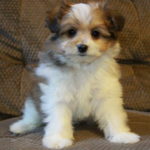
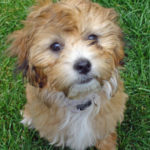
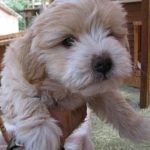
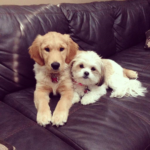
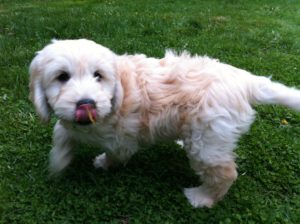
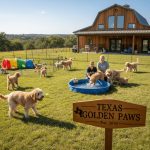
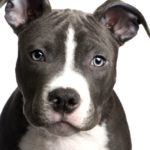
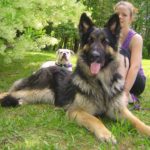

We loved Gracie a shitz tzu- golden retriever cross the sdcc smartest dog my Mom and Dad ever had.
Where did you get your shih tzu retriever mix?